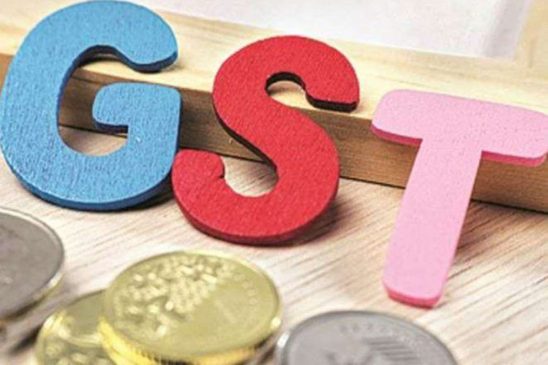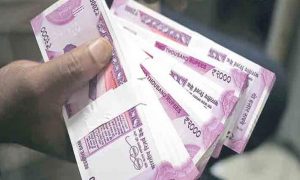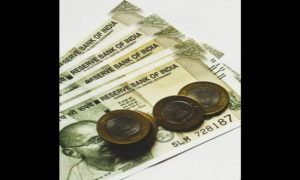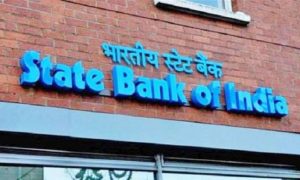While the introduction of GST has generally resulted in reduced effective tax rates on most of the daily use products, the same is not the case for services of daily use, which have become slightly expensive.
It has been nearly seven years since the introduction of Goods and Services Tax (GST) in India. GST has significantly contributed towards the creation of a unified national market and reduced tax-cascading. A retrospect on the past seven years clearly indicates a substantial growth in the indirect tax revenue and surge in the taxpayer base. It may be relevant to note that India witnessed a record gross GST collection of 2.10 lakh crore for the month of April 2024.
Increase in the tax revenue can majorly be attributed to growth in the economy, increase in the tax-payer base, constantly widening gamut of transactions which are brought under the tax net and significantly improved compliances. However, one other key factor driving this revenue growth has been the inflationary trend in the economy during the period. At the time of introduction of GST, it was widely anticipated that since earlier taxation of commodities was subject to tax by Union through levy of Excise duties, as well as States by imposition of VAT, consolidating the same under a unified tax regime should result in a lower effective tax rates, thereby having a positive impact on the household budget.
Critics of the reform point out that subsumption of multiple indirect taxes into a single tax has not resulted in lowering the prices for the end-consumers, as was expected. At the time of introduction of GST, Consumer Price Index (CPI) which signifies the measure of change in the price levels of consumer goods and services was anticipated to remain around 3.24%, given the assumption that purchasing power of consumers will increase in the absence of multiple taxes on goods and services. Contrary to this, CPI has constantly remained higher than the anticipated number and for the month of May 2024, CPI was recorded at 4.75%, which indicates that the prices of consumer goods and services have consistently increased, leading to decline in the purchasing power for common man.
While a lot can be said about the positive impact of GST on economy and businesses, at a grass-root level, what matters the most to common man is the impact on personal finances. A large portion of the standard monthly budget of a household is spent on goods and services for personal consumption. This includes food and household items, healthcare, entertainment, transportation, mobile/ data connectivity as well as banking and insurance. While the introduction of GST has generally resulted in reduced effective tax rates on most of the daily use products, the same is not the case for services of daily use, which have become slightly expensive.
Most of the unbranded and unprocessed food articles were exempt from indirect taxes earlier. This position has continued under GST and unprocessed milk, meat, fish, vegetables, cereals remain exempt. However, wheat, flour, rice etc. sold in packages attract GST at the rate of 5%. Kitchen utensils have been cheaper as GST is charged at 12% as against the earlier effective tax rates of 18-20%, though home appliances such as air-conditioners have become expensive, being taxed in the highest bracket of 28%. Same is the case with aerated beverages, which are getting taxed at 40%, including a compensation cess of 12%.
Read More: Are you claiming false HRA while filing ITR? This is how much it can cost you
In respect of services, there is a marginal increase in the effective tax rates for most of the services, which were earlier levied to Service tax at 15%. Now, most of the services regularly used by a common man including mobile, DTH, data connectivity, repair and maintenance, banking services including loan processing etc. are taxed at 18%, thereby resulting in an increased burden on the household budget.
An interesting case in point is procurement of services through the aggregators. While delivery of food by restaurants and cab services continues to be taxed at 5%, when such services are booked through the aggregators, such as Zomato, Swiggy, Ola or Uber, GST is levied at 18% on the fee charged by the aggregators.
Given that motor fuels remain outside the purview of GST, both Union and States are taxing these through levy of Excise duties and VAT. This is resulting in tax cascading and adding to the prices, which has been a major pain-point for the consumer. Its high time that a consensus is built for inclusion of motor and aviation fuels under GST regime and a defined roadmap is introduced to this extent. This will bring in a significant relief to the consumer, given that prices of these fuels make a significant dent to the household budget.
Read More: Budget 2024: Will Middle Class Be Spared From 30% Tax Rate? Check What PHCCI Has Recommended To FM
A Group of Ministers (GoM) has been constituted by the GST council for rate rationalisation. While GoM report is still awaited, with economy firing on all cylinders after covid disruption and revenues consistently reflecting an increasing trend, the time could be ripe for considering a revision in the GST rates for services, which would provide a significant relief to the common man.





































